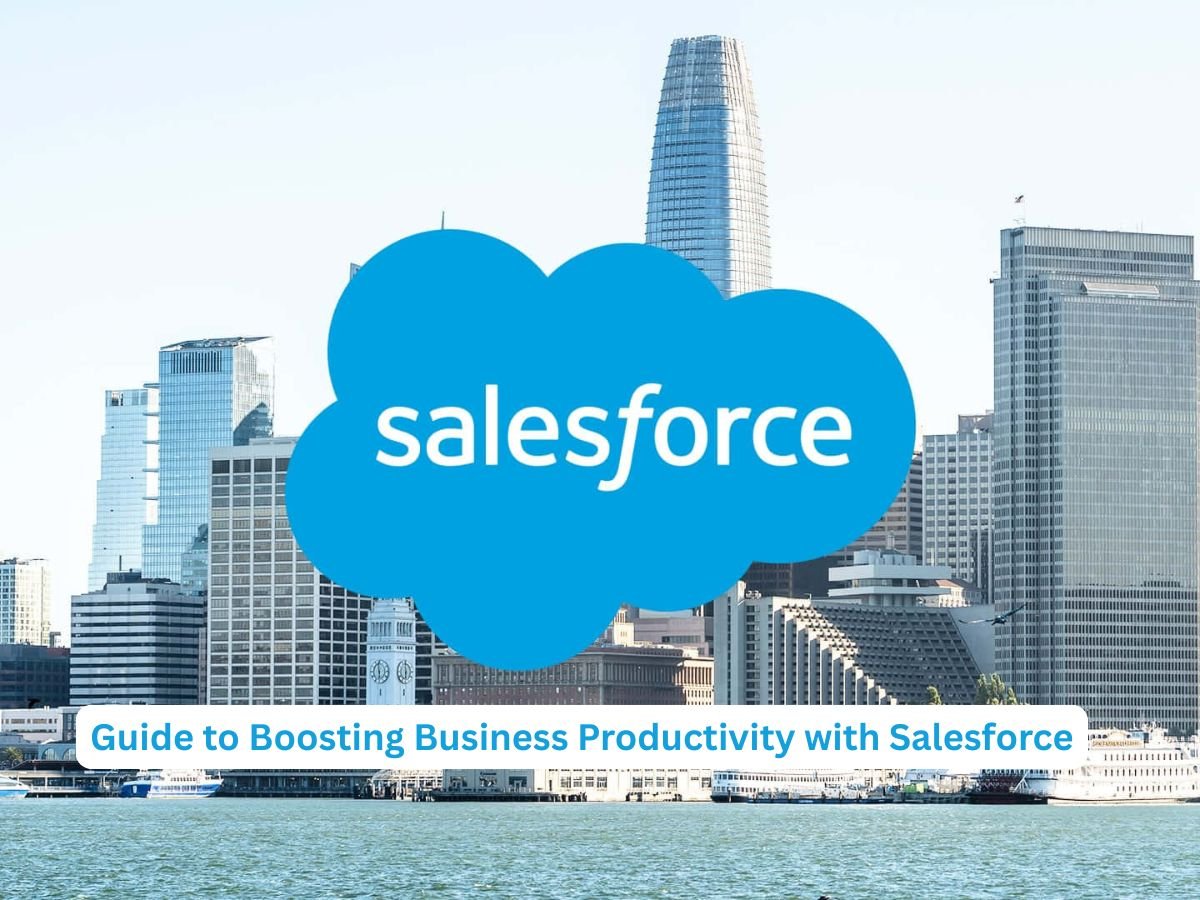Robotics is rapidly transforming industries, from healthcare to manufacturing and even home automation. It blends artificial intelligence (AI), mechanical engineering, and software development to create machines capable of performing tasks traditionally done by humans. Whether you’re interested in the future of robotics, robotics engineering, robotics jobs, or robotics for kids, this blog will cover all the essential aspects of the field.
What is Robotics?
Robotics is the branch of engineering that deals with designing, building, and operating robots. These robots can be autonomous, semi-autonomous, or fully controlled by humans. Robotics plays a critical role in industries such as manufacturing, defense, space exploration, and even entertainment.
The Evolution of Robotics
- Early robots were simple machines used for industrial automation.
- Modern robotics integrates AI and machine learning for enhanced efficiency.
- Soft robotics is an emerging field, focusing on flexible and adaptable robots.
The 3 Laws of Robotics
Proposed by Isaac Asimov, these laws outline ethical guidelines for robotic behavior:
- A robot may not harm a human or allow harm to happen.
- A robot must obey human commands unless it conflicts with the first law.
- A robot must protect its existence unless it conflicts with the first two laws.
Robotics in Everyday Life
Robots are no longer just for factories or sci-fi movies; they are now part of our daily lives.
Robotics in Education
- Robotics classes for kids help students develop problem-solving and coding skills.
- Programs like FIRST Robotics encourage STEM learning.
- Schools integrate robotics engineering into curriculums for hands-on learning.
The Robotics in Business and Industry
- Boston Robotics and Gecko Robotics develop robots for industrial applications.
- Serve Robotics is revolutionizing food delivery automation.
- Miso Robotics specializes in restaurant automation with robotic chefs.
Robotics in Medicine
- Soft robotics is improving prosthetic limbs.
- AI-driven robots assist in surgeries with precision.
- Robotics automates hospital logistics and patient care.
How to Become a Robotics Engineer?
A robotics engineer designs, builds, and maintains robotic systems. Here’s how you can get started:
Educational Path
- Earn a degree in robotics engineering, mechanical engineering, or AI.
- Learn coding languages like Python, C++, and Java.
- Gain hands-on experience with REV Robotics kits and real-world projects.
Skills Required
- Programming and AI development.
- Mechanical design and electrical engineering.
- Knowledge of the laws of robotics and ethical considerations.
Robotics Careers
There are multiple career paths in robotics:
- Software Engineer: Focuses on AI and coding for robots.
- Mechanical Engineer: Designs and builds robot structures.
- Robotics Technician: Maintains and repairs robotic systems.
Investment in Robotics Stocks
Many investors are interested in robotics stocks as automation continues to grow.
Top Robotics Stocks to Watch
- Serve Robotics stock – Autonomous delivery robots.
- Richtech Robotics stock – AI-driven service robots.
- Miso Robotics – Robotics in the food industry.
- Autel Robotics – Drone technology and aerial automation.
- Ghost Robotics – Military and tactical robotics solutions.
- Figure Robotics – AI-powered humanoid robots.
- Honeybee Robotics – Space exploration and planetary robots.
- Torc Robotics – Self-driving technology for logistics.
Is Miso Robotics a Good Investment?
Miso Robotics focuses on automating the restaurant industry. While the potential is high, always research before investing.
Why is Robotics Important?
Robotics enhances productivity, safety, and efficiency across multiple industries. From healthcare to space exploration, the impact of robotics is undeniable.
Key Benefits of Robotics
- Reduces human error and increases efficiency.
- Improves safety in hazardous environments.
- Enhances productivity in manufacturing and logistics.
How to Learn Robotics?
If you’re interested in robotics, follow these steps:
Beginner-Friendly Resources
- Enroll in robotics classes for kids or beginners.
- Explore online courses on robotics engineering and AI.
- Experiment with robotics kits like REV Robotics.
Advanced Learning
- Participate in competitions like FIRST Robotics.
- Work on real-world projects with AI integration.
- Gain experience in machine learning and programming.
The Future of Robotics
Robotics is constantly evolving, shaping industries and improving lives. Some of the key future trends include:
Emerging Robotics Trends
- AI-Powered Robots – Machines with self-learning capabilities.
- Soft Robotics – More flexible and adaptable robots.
- Autonomous Systems – Driverless cars, robotic chefs, and self-operating warehouses.
Careers That Use Robotics
Industries relying on robotics include:
- Healthcare – AI-powered surgical robots.
- Defense – Autonomous military robots like those from Ghost Robotics.
- Space Exploration – NASA and Honeybee Robotics develop planetary robots.
Final Thoughts
Robotics is shaping the future, offering career opportunities, improving industries, and creating new investment possibilities. Whether you want to become a robotics engineer, invest in robotics stocks, or explore robotics for kids, now is the perfect time to get involved.
FAQs
Robotics is the science of designing, building, and operating robots that can perform automated tasks.
A robotics engineer designs and programs robots for industries like healthcare, defense, and manufacturing.
Earn a degree in robotics, learn programming, and gain hands-on experience with robotic systems.
Miso Robotics focuses on food automation. Research financials and trends before investing.
Educational programs teach children coding and engineering through robotics kits and competitions like FIRST Robotics.
RPA is the use of AI-driven software bots to automate repetitive tasks in business operations.
Careers include robotics engineering, AI programming, and industrial automation specialists.
Exploring: Janitor AI











